Saucony Guide 18 review
22 other reviews
Saucony Guide 18 Verdict
The pros
- All day comfort
- Ventilated upper
- Forgiving midsole
The cons
- Not the best looking shoe
Rating breakdown
Facts / Specs
Size/Fit
Cushioning & ride
Usage
Who should buy the Saucony Guide 18 ?
Anyone that might be rehabbing an injury or needing a shoe for high mileage training would benefit greatly from these shoes.
Who should not buy the Saucony Guide 18 ?
If you’re looking for a stylish shoe or a premium daily trainer, the Guide 18’s don’t quite live up to those standards.
Saucony Guide 18 Introduction


The Saucony Guide 18 is a max cushion, daily training shoe. Weighing in at 9.6 oz for size 9, the Guide 18 offers a 6mm heel to toe drop.
Saucony updated the mesh upper material for added ventilation. Also improved in the latest model is PWRRUN form midsole.
Asics GT 2000 13 is very comparable to the Guide 18. Both focus on cushion and mild stability at a reasonable price. Looking for even more stability? No problem. Check out the Saucony Hurricane 24 which is the max cushion, max stability alternative.
The Guide 18’s are priced at $150.
Saucony Guide 18 First Impressions

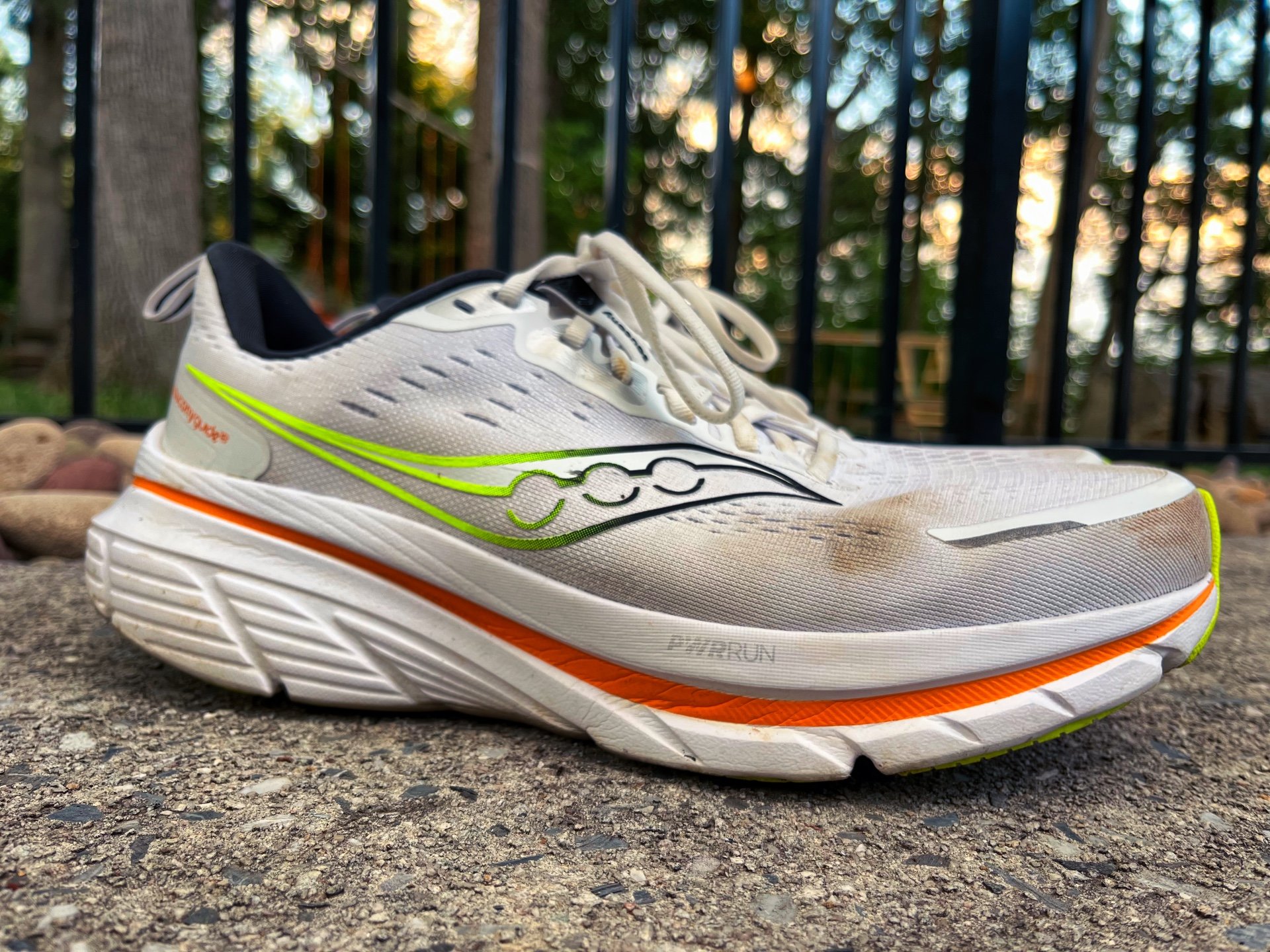
I’ve heard great things about Saucony Guides over the years. “Workhorse”, “Do it all trainer” and “proven” are just a few terms that come to mind. I couldn’t wait to see for myself. The colorway I received was White/Peel and I assume the Peel is a description of the lime green and orange accents. Otherwise, this is a VERY white shoe. If you don’t like this color, there are many other options.
I loved every aspect of the fit and feel from the moment I tried them on. My immediate opinions were that the shoe fit perfectly in both length and width aspects. The midsole was plush, flexible and moved naturally with me.
Running in them for the first time, I noticed the ease and free flowing nature that they offered. Easy 5 miles, no problem at all. It felt like I’d been running in them my whole life. My first impression was that these are excellent shoes.
Saucony Guide 18 Upper
It’s tough to decide what to start on the upper. It’s got so many great features!

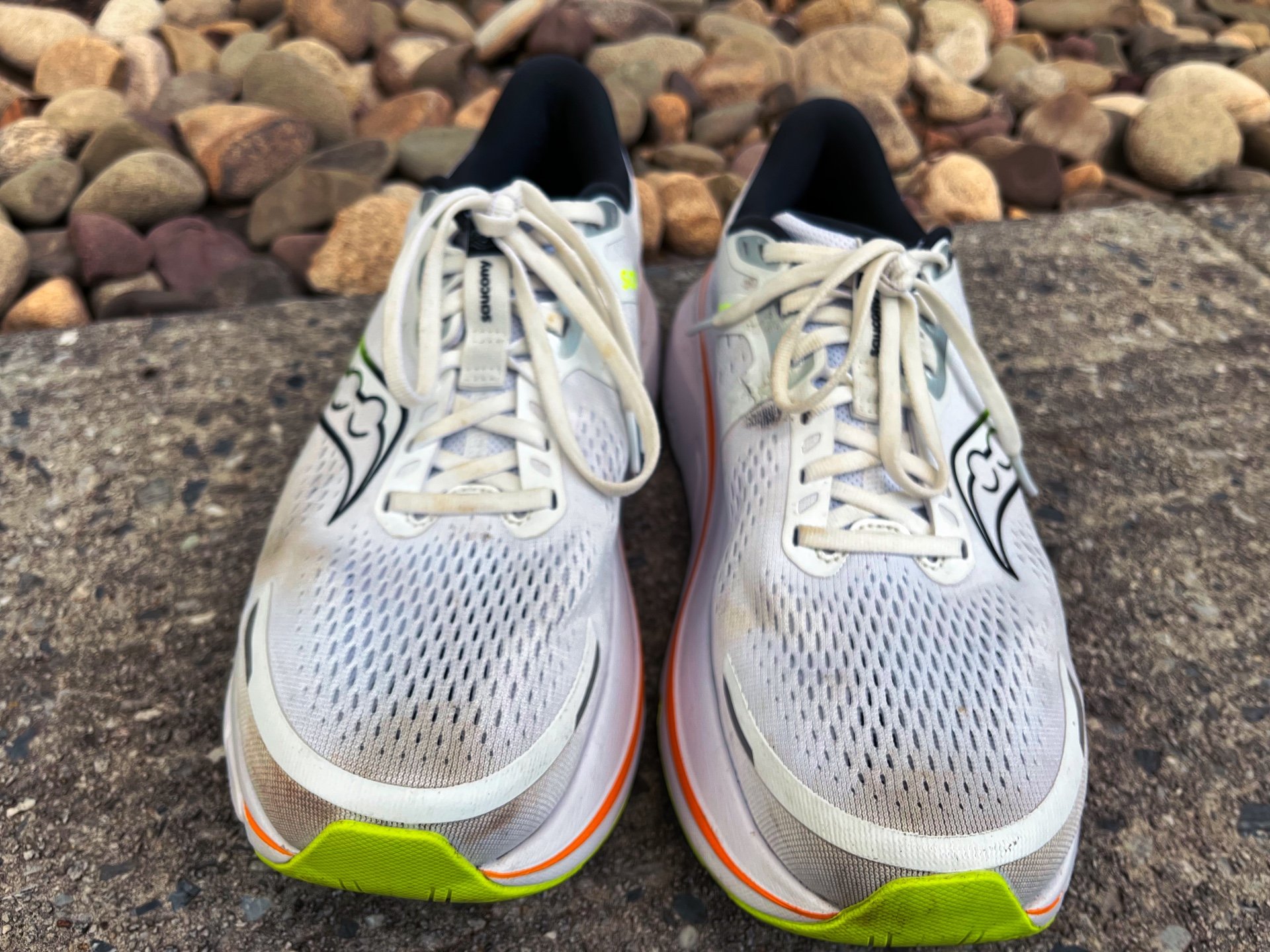
One of the first things I noticed was the ventilation design on the Guide 18. The upper is made of ultra thin engineered mesh. Perfect for hot summer days like many of us are enduring right now. Massive vents on the toe box help heat escape, keeping your feet cool. Although most of the upper is quite thin, a well padded heel collar hugs the back of your foot, keeping it snug and secure.
Saucony’s lacing construction on the Guide 18 is also another great feature. The laces slide freely and easily thru the eyelets making tying a breeze. Quick and consistent lacing for one less thing to think about. These shoes offer a gusseted tongue and prevent any movement of the tongue, either side to side or sliding down during your runs.


The overall fit and structure are excellent in the Guide 18. I was impressed with how natural they felt on my feet. Soft and flexible yet supportive mesh hugs all the right areas. Lastly, the toe box is worth mentioning. I felt it was wider than most road shoes allowing more ample movement. The toe box was also deep which helped prevent typical hot spots that I’ve experienced in other road shoes.
The only downside of the upper is that due to the thin, breathable design, durability may suffer.
Saucony Guide 18 Sole Unit

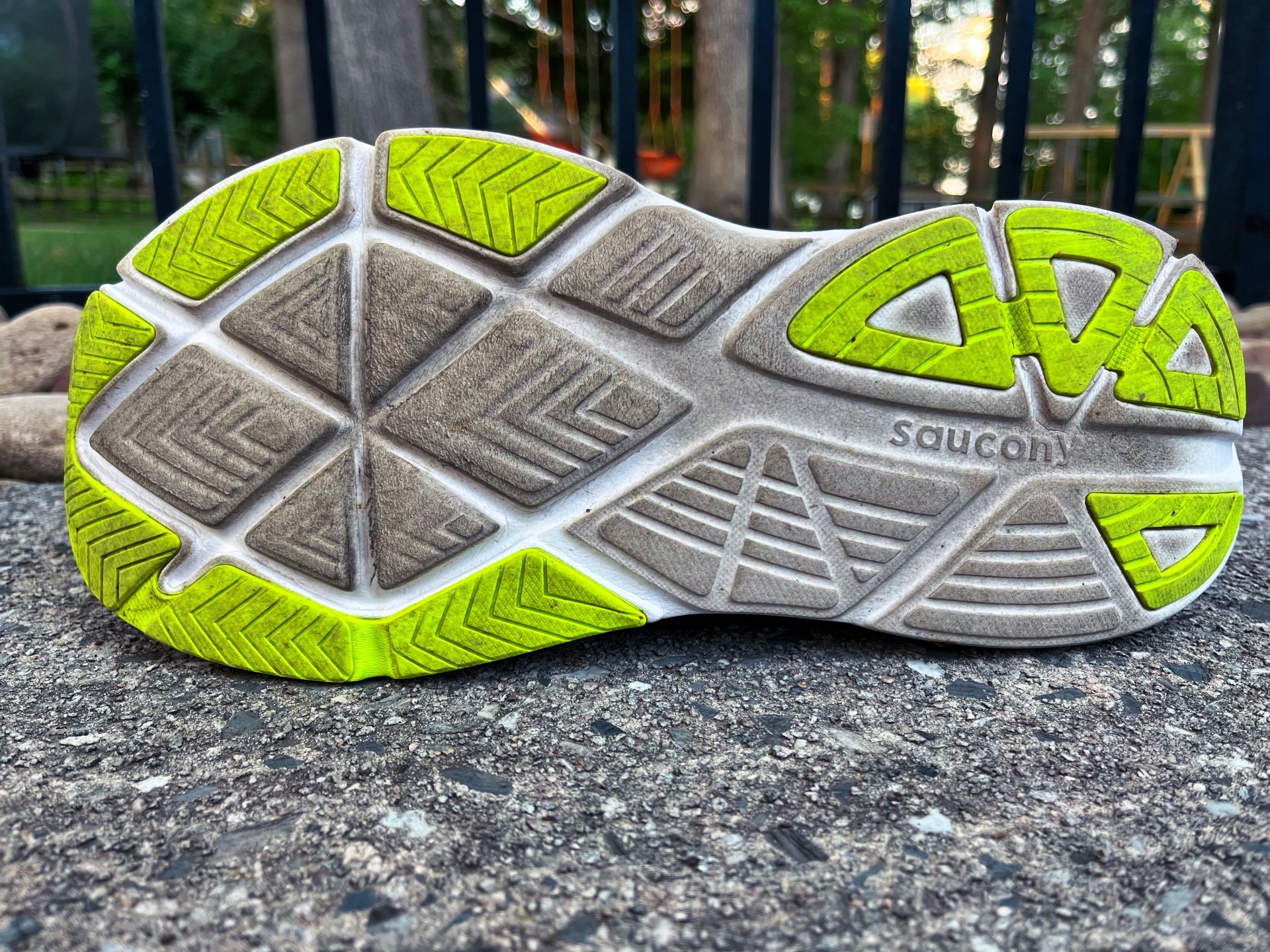
The Guide 18’s PWRRUN midsole was an absolute pleasure to run in. And not only run but walk and generally live in. They are soft, flexible and move with you in every way.
When running, the PWRRUN foam absorbed a large amount of impact on each stride and transitioned you forward allowing for an effortless turnover. PWRRUN is Saucony’s EVA blended foam also found in the Kinvara and Peregrine shoes as well. It’s certainly a quality material but more on the budget friendly side compared to Saucony’s higher end shoes. I’ve put well over 50 miles on these shoes and they feel the same as they did on the first run. One concern that I’d have long term is how the EVA foam holds up. It’s not quite as durable as PB foams tend to be.


CenterPath Technology is also a feature found in the Guide 18s. This focuses on three main areas of the midsole; footprint, foot position and arch support. The footprint of the shoe is wider, providing greater stability. The foot sits slightly in the midsole with the sides acting like guardrails to not allow your foot to slip or only be supported by the thin mesh upper. Lastly, there’s added arch support on the inside of the shoe. This is a much needed feature for anyone who overpronates.
Saucony Guide 18 Conclusions


The Saucony Guide 18 may not win any awards for best looking shoe but it certainly functions at a high level. If you’re looking for a shoe that has unmatched, all day comfort, these should definitely be a consideration. No matter if you’re an experienced or novice runner, these shoes are worth having in your lineup.
How does the Guide 18 compare?
Why you can trust us
As editorial policy, we do not accept free samples from companies.We purchased this pair of Saucony at Running Warehouse with our own money.
This page contains affiliate links. As an Amazon Associate we earn from qualifying purchases. Read more about our policy.
Reviewed by Jeremy
Jeremy Yoder lives in Marietta, PA with his wife and 2 kids. In an earlier life, he used running to stay fit for his soccer career, where he was a collegiate All American. Jeremy is an avid hunter and now running keeps him prepared for outdoor advendutres. He and his wife Olivia enjoy competing in trail races in the mountains of Pennsylvania. If he could pick, every run would be on a trail run but when life gets busy, the road will do just fine.
User feedback (2)
Similar shoes to Saucony Guide 18

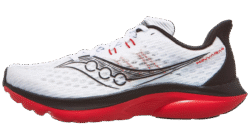









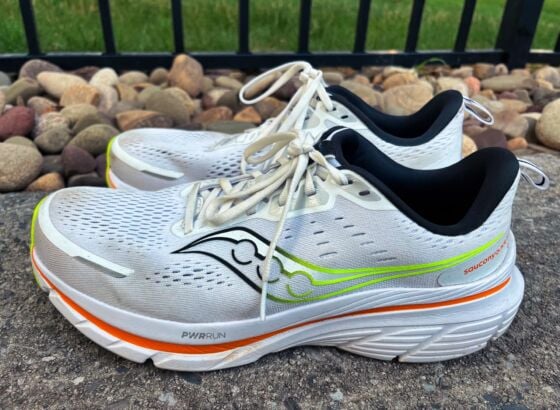
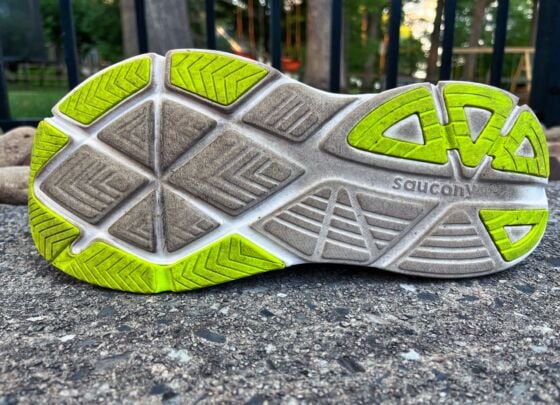
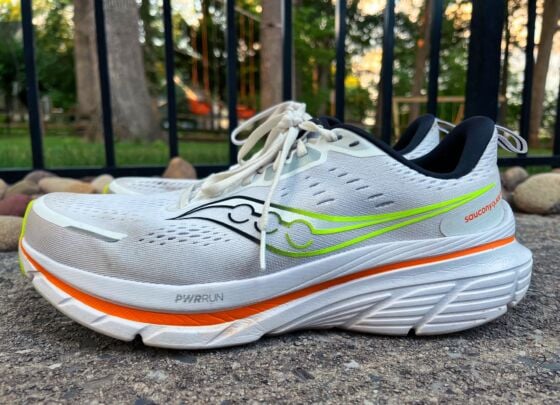
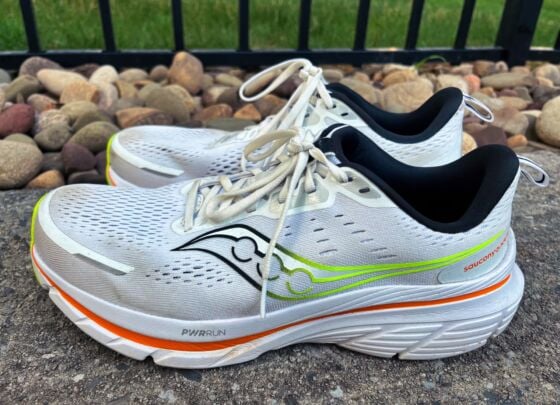
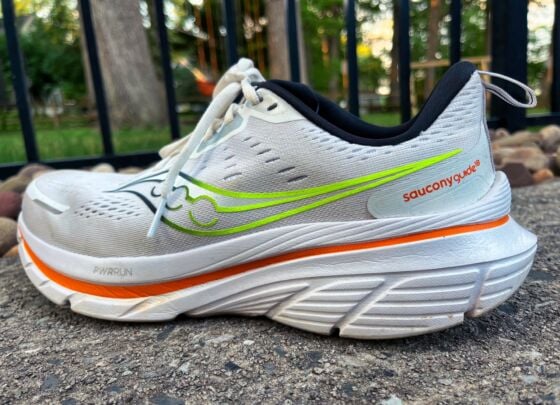










3 months ago
My flat feet need some new shoes and I’m torn between these and the Adrenalines. How’s the arch support compare? Also need something with a wider toe box since my feet spread out on longer runs. Is it worth paying full price or should I grab last year’s model on sale?
3 months ago
Certainly take last year’s model. Durability of the midsole is not great because of the huge exposed midsole. Just look at the photos and for 50 miles you already see much wear and tear in the middle of the forefoot.
I have guides 17. Normally, my shoes last 500 miles but I am now happy if I can reach 400 miles. For an economics perspective, always buy shoes on a discount. Also because guide 17 and 18 are very similar.